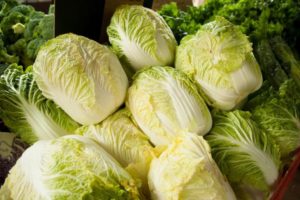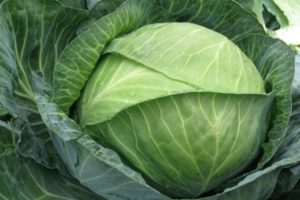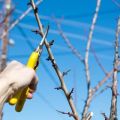How to deal with blackleg in cabbage, what to do, the right treatment
Diseases and harmful insects that damage various vegetable crops are serious problems that vegetable growers often face. Black leg of cabbage is the most serious disease that damages the roots and bases of vegetable stems.
The infection that excites her is a fungus. Its spores winter in the soil, in the spring they fall on the roots of seedlings planted in open ground and begin to develop. From the roots, this fungus gradually begins to spread throughout the plant.
The symptoms of the disease are as follows: the appearance of blackness is observed first at the base of the shoots, then spreading to the entire stem, which begins to rot, deforms and is depleted. As a result, the plant dies. How to prevent the appearance of the disease on cabbage? What control measures are there for blackleg if the plant is already affected?
Some information about the disease
This fungus affects not only adult plants, but also seedlings. Usually a black leg appears when the soil in the garden or in containers where vegetable seedlings grow is too wet. When the fungus from the roots rises to the stems, they will become soft within a few days, the result will be the death of the vegetable crop.
The causative agents of blackleg are fungi of the genus Oipidium or Pythium. Spores of these fungi are usually located in the upper part of the soil and feed on dead plant parts. With increased soil moisture, when the fungus enters the roots of cultivated plants, infection occurs.
If the disease is not detected in a timely manner, the black leg in seedlings or in adult plants will spread to other plantings, as a result, all plants may die. It is necessary to start the fight as early as possible in order to get rid of the disease.
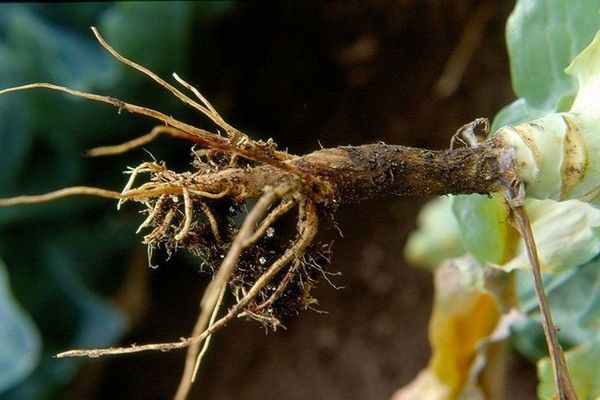
A disease can appear in seedlings or adult plants for the following reasons:
- plants are planted too often;
- excess moisture in the soil - too much and often water the plants or groundwater comes too close to the soil surface;
- the room where the seedlings grow is poorly ventilated;
- too great a difference between day and night air temperatures.
The infection spreads especially quickly when the air temperature is too high or when the ventilation of the premises is poor. First of all, the weakest shoots are affected by this fungal disease. It is necessary to prevent excessive moisture in the soil, more often to ventilate the room where the seedlings are located, and the greenhouses.
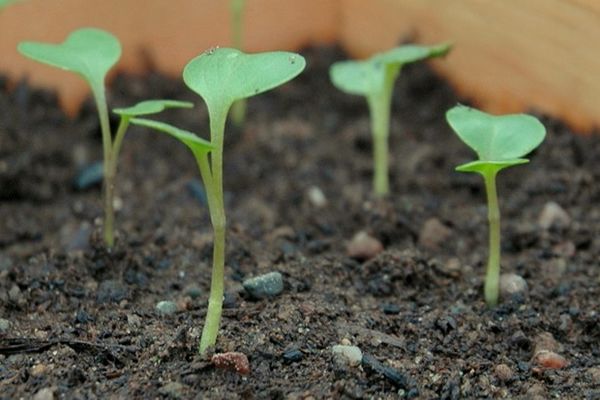
When choosing cabbage varieties for planting, it is better to pay attention to their resistance to adverse climatic conditions.
Prevention measures
Control measures for this disease should begin with preventive measures to prevent the ingress of the fungus into the soil or to destroy it in the soil before planting seeds or seedlings in such soil. What to do to prevent the development of this disease in seedlings? It turns out that the basic rules of prevention are simple, and even novice gardeners can follow them:
- The soil into which the seed is sown must be decontaminated. In winter, it should be frozen well, and before planting seeds, watered with a weak solution of potassium permanganate (you can put it in an oven with a temperature of 180 ° C). Usually, soil mixture for planting vegetable crops is purchased in specialized stores, but it is also better to disinfect it before planting seeds. It is desirable that the pH of such a soil is neutral. Since many vegetable crops do not tolerate high acidity of soils, seedlings grow frail in such soils, therefore they are more susceptible to various diseases.
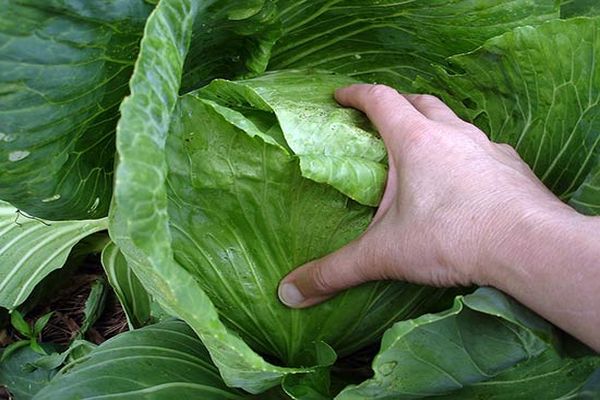
- Do not plant cabbage seeds too often. It is better to try to land them at a distance of 1 - 1.5 cm at once than to dive or heal later.
- Watering cabbage seedlings should be in moderation - the ground should not be too wet. The basic principle of watering is as the top layer dries up.
- The soil around the plants should be loose so that oxygen from the air can penetrate to the roots. To prevent water from stagnating in the area of the root collar, there should be a layer of sand on top of the soil.
- The fungus that causes the development of the black leg manifests itself not only with strong soil moisture, but also with stagnant air in the room. The room where the seedlings are grown should be regularly ventilated.
- Once every 7 to 8 days, cabbage seedlings should be watered with a solution containing phytosporin. For prevention, you can spray the seedlings with a solution of soda or potassium permanganate.
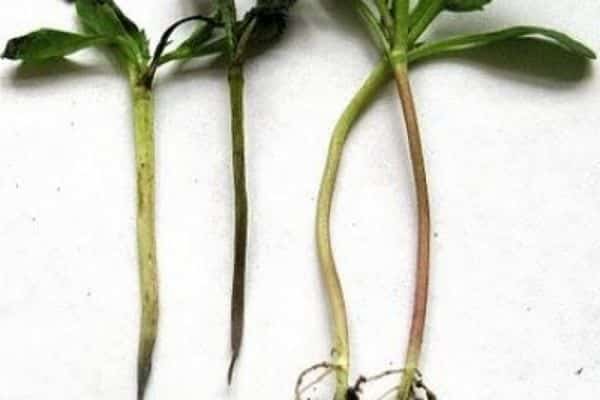
How to deal with blackleg in cabbage
If the symptoms have just begun to appear, you should shed the soil with a weak solution of potassium permanganate, then carefully loosen the soil around the plants and sprinkle a layer of ash, river sand or finely ground egg shells on top.
What treatment should be carried out at the first signs of the disease and what can be done if a black leg has already appeared in cabbage?
How do we deal with a black leg if the disease has already begun to spread throughout the plant? It turns out that in this case, any chemicals and folk remedies will be powerless.
All diseased plants should be removed and destroyed, and healthy seedlings should be transplanted into other containers with disinfected soil.
Conclusion
Cabbage blackleg belongs to those diseases that can only be prevented. If the root system has already been infected, it is impossible to save the cabbage. It is important to carry out preventive measures to decontaminate soil and seed, to create certain conditions for the growth and development of seedlings in order to exclude the likelihood of developing this serious disease.
